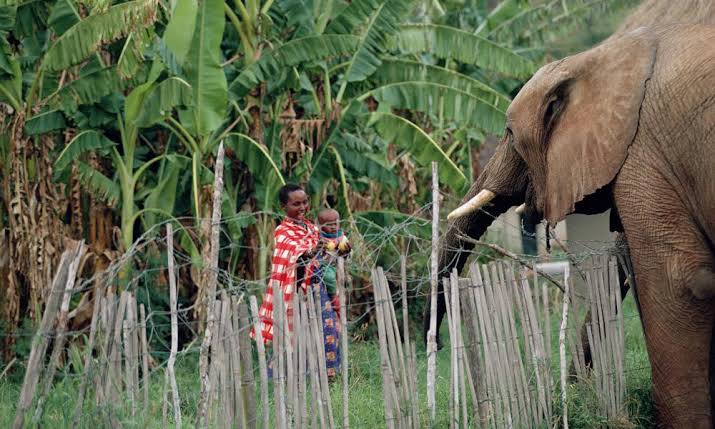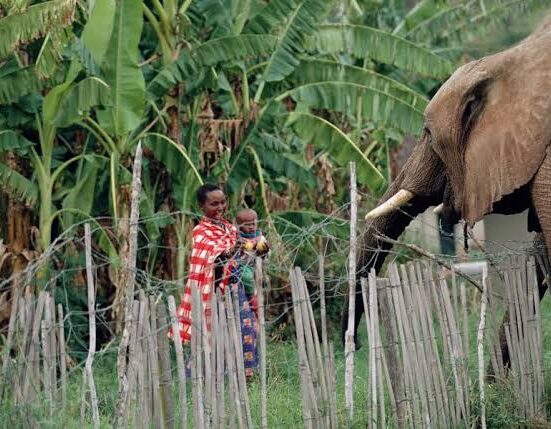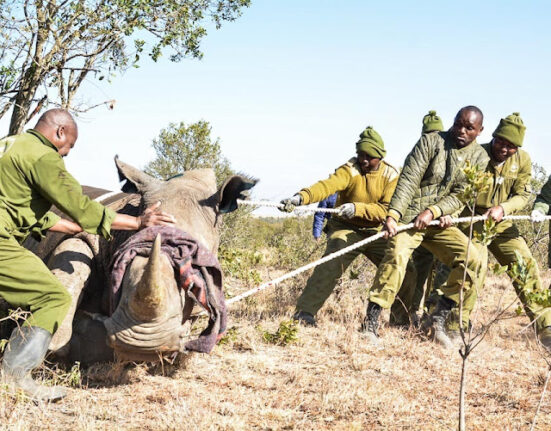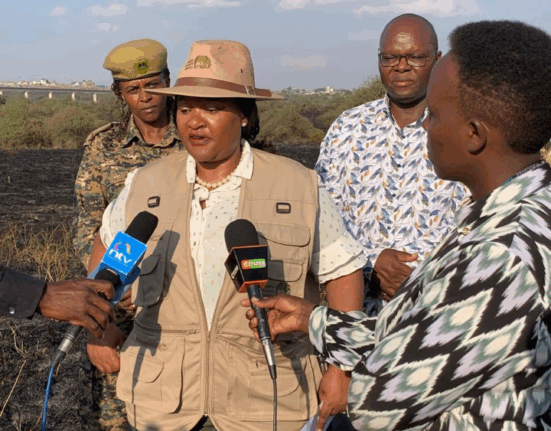By Fridah Inyanje
Barely a decade ago, lions were viewed as enemies of the people for feasting on goats and sheep in some parts of Kenya. In the same areas today, sighting lions does not elicit killer instincts in the same communities where they would be hunted down willy-nilly for fear that they would their livestock.
The adversarial relationship between man and wild animal that existed a few years back is now slowly giving way to a culture of human-wildlife coexistence, thanks to a raft of transformative measures taken by the Government of Kenya through the Kenya Wildlife Service.
Kenya has a distinctly rich wildlife heritage that comes with cost. Records have it that between 2014 and 2023, human-wildlife conflicts caused over 700 fatalities and Ksh. 20 billion in economic losses, with elephants and lions accounting for 60% of incidents.
That previous regimes are not credited with an unwavering resolve to prioritise compensation is a fact that led to communities feeling like they were on their own. At some point, “families felt punished for living near wildlife” as observed a while back by Kenya Wildlife Service (KWS) Director General Erastus Kanga.
The turning point came with a change of heart that increasingly began viewing conservation as an undertaking demanding partnership, not paternalism. Under the Kenya Kwanza administration, speeding up compensation as an act of dignifying those affected.
Beyond compensation, the Government’s National Coexistence Strategy prioritises prevention, channelling funds into community-led conservancies and tech-driven deterrents.
Talking of coexistence in Laikipia, there is the Twiga Cube initiative that encourages the use of chilli-infused briquettes to repel elephants. This has reduced crop raids by 70%.
Meanwhile, wildlife scouts blend indigenous knowledge with GPS tracking to keep communities out of trouble.President William Ruto’s administration has anchored this transformation in policy.
A multi-million fencing project that aims at securing all major wildlife corridors by 2027 is afoot, while a national database to help track conflict hotspots in real-time is in the offing.
Meanwhile, partnerships with NGOs and private investors have birthed innovations like biodiversity credits that allow communities to monetize conservation through carbon offsets and several eco-tourism ventures.
In Amboseli, the Maji Pori programme that is a collaboration effort between KWS and local community has revived 18 water pans that have been instrumental in sustaining both livestock and wildlife during droughts.
For some hitherto hostile communities angry at wild animals posing a constant threat, coexistence has yielded reaped dividends considered crucial to the well being of families in their numbers.
In some cases, profits from her beehives have funded schools attended by children who once feared lions. There are tens of stories of hunter turned protectors, from Tsavo to Mara and Samburu to Amboseli.
At this point, the timeless words of Abhjit Naska, a celebrated neuroscientist and prolific writer come to mind… “If we don’t have a place for nature in our heart, how can we expect nature to have a place for us.”
Human-wildlife coexistence—not conflict—is the future to be desired.
Inyanje is a teacher and a nature enthusiast










Leave feedback about this